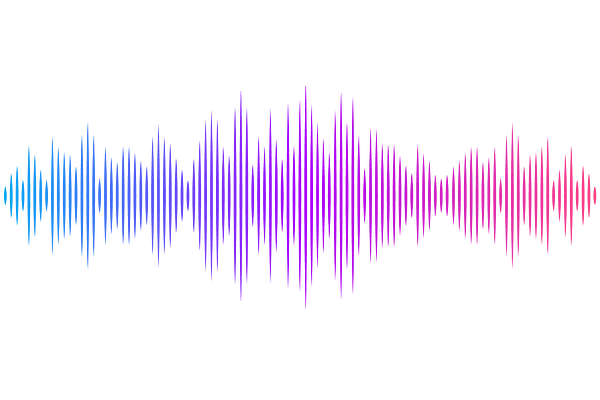Prg4+ fibro-adipogenic progenitors in muscle are crucial for bone fracture repair

Prg4+ fibro-adipogenic progenitors in muscle are crucial for bone fracture repair
He, Q.; Lu, J.; Liang, Q.; Yao, L.; Sun, T.; Wang, H.; Duffy, M.; Jiang, X.; Lin, Y.; Lee, J.-H.; Ahn, J.; Dyment, N.; Mourkioti, F.; Boerckel, J. D.; Qin, L.
AbstractClinically, compromised fracture healing often occurs at sites with less muscle coverage and muscle flaps can provide the necessary healing environment for appropriate healing in severe bone loss. However, the underlying mechanisms are largely unknown. Here, we established a mouse reporter model for studying muscle cell contribution to bone fracture repair. Analyzing skeletal muscle scRNA-seq datasets revealed that Prg4 marks a fibro-adipogenic progenitor (FAP) subpopulation. In mice, Prg4+ cells were specifically located in the skeletal muscle, but not at the periosteum or inside cortical bone. These cells expressed FAP markers, responded to muscle injury, and became periosteal cells under normal and muscle injury conditions. Fracture fragmented muscle fibers, rapidly expanded Prg4+ FAPs at the injury site and promoted their migration into the fracture site. Later, they gave rise to many chondrocytes, osteoblasts, and osteocytes in the outer periphery of callus next to muscle. In repaired bones, the descendants of Prg4+ FAPs were detected as mesenchymal progenitors in the periosteum and osteocytes at the prior fracture site. A second fracture activated those cells and stimulated them to become osteoblasts in the inner part of callus. Importantly, ablation of Prg4+ FAPs impaired fracture healing and functional repair. In an intramembranous bone injury model (drill-hole), Prg4+ FAPs became periosteal cells, but their contribution to bone defect repair was significantly less than in fractures. Taken together, we demonstrate the critical role of FAPs in endochondral bone repair and uncover a novel mechanism by which mesenchymal progenitors transform from muscle to cortical bone.